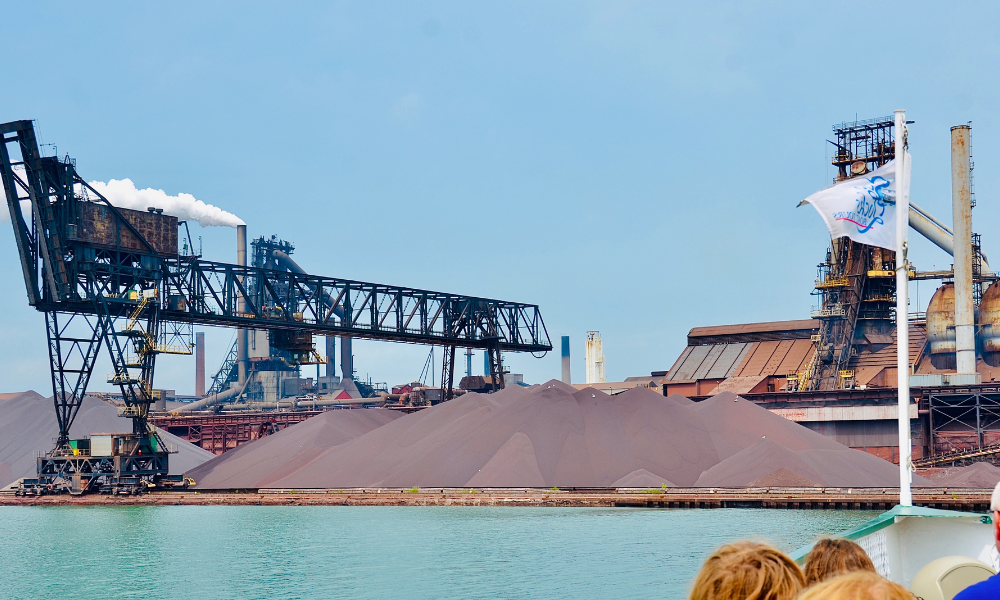'You're going to want to tailor your program as much as possible to their needs, to what motivates them, what engages them,' says expert

While leadership training has traditionally been delivered at the top of the organization, it’s now coming down further in the ranks, according to one expert.
“Back in the day, you would spend money on coaching and leadership to develop more senior leadership people, like VP and above…
“Now, what we're seeing is this is coming down. This is coming more to everyone in the organization,” says Carolyn Hass, chief operating officer, SuccessFinder, in talking with Canadian HR Reporter.
And anyone can become a leader, she says.
“You might have certain traits that make you more of a natural leader, and you don't necessarily have to develop some things as much, but everyone can be a leader in different ways.”
But that doesn’t mean everyone will be holding management positions.
“When we think of natural leadership tendencies, they can really start with a desire to empower people, to influence them, to get them rallying around a common vision, a common goal, and being able to harness that, to tap into people and get the best of them and get them moving in a certain direction. Ultimately, that's leadership.”
“That could apply to your colleague on your team who just has this style to do that. It could be your boss. It could be [those in] actual leadership levels in the business. But [employees] can also lead.”
Leadership skills gap can leave organizations rudderless, according to a previous report.
How to teach leadership effectively?
Leadership training is essential, says Hass, “to make sure that people in your company are developing, are growing themselves, and are on a path to aligning themselves with the behaviours that you're looking for to be able to drive change, to be able to manage your teams effectively, to be able to shift your culture towards emerging strategic objectives you have as a company.”
When it comes to formulating a leadership training program, it’s important that employers have behavioural data on workers, she says.
That’s because “you're going to want to tailor your program as much as possible to their needs, what motivates them, what engages them, and also make sure you have a well-defined leadership model.”
What makes a successful leader in your organization can also be informed by behavioural data, she says.
“We emphasize that people really need to know themselves. They need to know their starting point. You have to give them a good sense of their baseline. That's another piece of information that's often missing: Where are you starting from, so that you know where you're going to have to put in the most effort.”
End goal to employee development programs
Employers should also make it clear to employers what the end goal is.
“One of the hardest things when you go through a development program and when you design them, is [identifying] what to develop towards: What's the target? People struggle to know what's most relevant for them to work on, what they should work on first. That's the first big part of it, the target.”
Employers should also keep in mind that there’s no “one size fits all” when it comes to leadership training, and that they should be able to adjust the program to cater to the workers’ needs as they go through it, says Hass.
“Be mindful of how you are going to design this program for sustained behavioral change.”
Recently, SuccessFinder and Bruce Power were recognized in the 2024 Brandon Hall Group HCM Excellence Award, bagging the Bronze award for Best Leadership Development Program.




